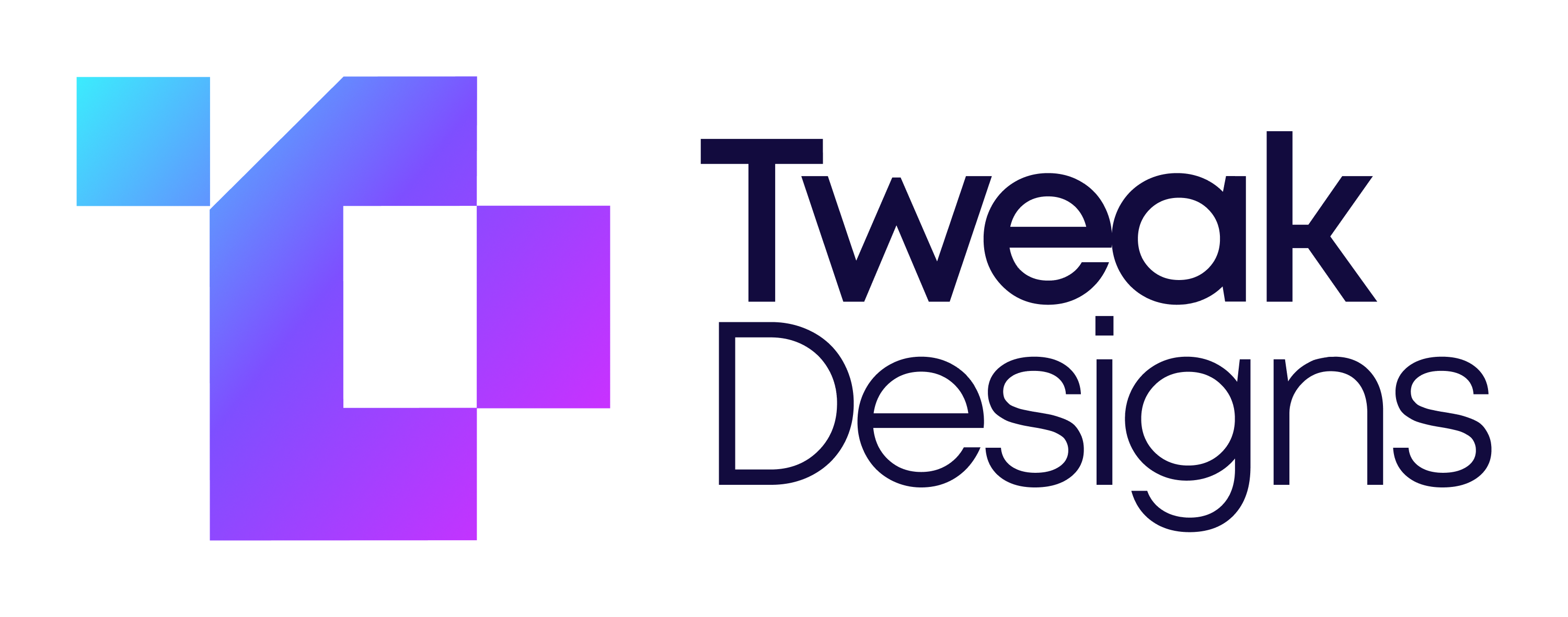Webflow Webhooks For Beginners
Ashok Chavada
API & Webhooks
Sep 1, 2023
Sure, here is a meta description that entices users to click on the blog post based on the above details: Learn how to use webhooks to automate tasks, connect different apps and services, and extend the functionality of your Webflow website.

Introduction
A webhook is an HTTP callback function that allows lightweight, event-driven communication between two application programming interfaces (APIs). Webhooks are used by a wide variety of web apps to receive small amounts of data from other apps, but webhooks can also be used to trigger automation workflows in GitOps environments.
To put it simply, a webhook is a way for one app to tell another app that something has happened. For example, a webhook could be used to tell a CRM system that a new lead has been generated, or to tell a notification system that a new order has been placed.
Webhooks are often used to automate tasks. For example, you could use a webhook to automatically send an email notification when a new blog post is published, or to automatically update a database when a product is sold.
Webhooks are also a great way to connect different apps and services. For example, you could use a webhook to connect your website to a payment processor, or to connect your CRM system to a marketing automation platform.
Why use webhooks with Webflow?
Webflow is a powerful web design platform that allows you to create beautiful and responsive websites without any code. However, Webflow is also a closed platform, which means that it can be difficult to integrate with other apps and services.
Webhooks can help to solve this problem by providing a way for Webflow to communicate with other apps and services. This allows you to automate tasks, connect different apps and services, and extend the functionality of your Webflow website.
Use cases for webhooks in Webflow
There are many different ways to use webhooks with Webflow. Here are a few examples:
Sending form submissions to a CRM: You can use a webhook to send the data from a form submission to a CRM system. This is a great way to keep track of leads and customers.
Updating a database when a product is sold: You can use a webhook to update a database when a product is sold. This is a great way to keep your inventory up-to-date.
Sending notifications when a new blog post is published: You can use a webhook to send notifications to subscribers when a new blog post is published. This is a great way to keep your audience engaged.
Automating tasks with Zapier or Integromat: You can use webhooks to automate tasks with Zapier or Integromat. This is a great way to save time and effort.
How to create a webhook in Webflow
To create a webhook in Webflow, you will need to:
Go to your project settings.
Click on the "Integrations" tab.
Click on the "Create Webhook" button.
Select the event that you want to trigger the webhook.
Enter the URL of the destination where the webhook will send its payload.
Click on the "Create" button.
Once you have created a webhook, it will start firing whenever the event that you selected occurs. The payload that is sent to the destination URL will contain information about the event that occurred.
Conclusion
Webhooks are a powerful tool that can be used to automate tasks, connect different apps and services, and extend the functionality of your Webflow website. If you are looking for a way to improve the communication between your apps, webhooks are a great option.
I hope this article has been helpful. Please let me know if you have any questions.



